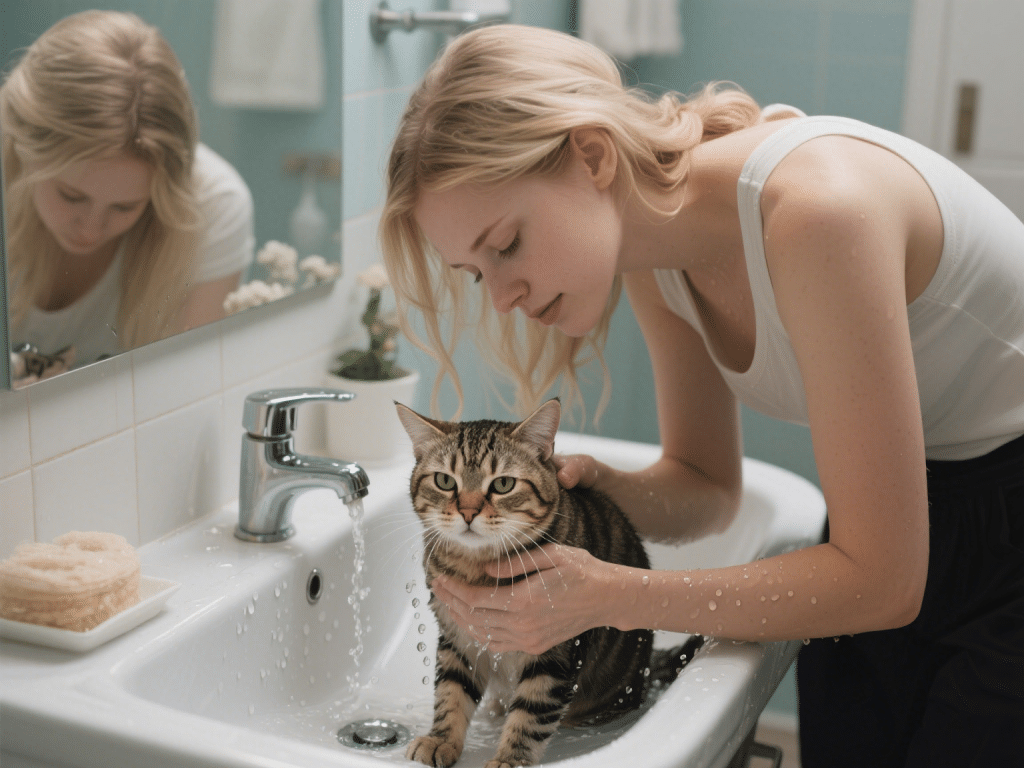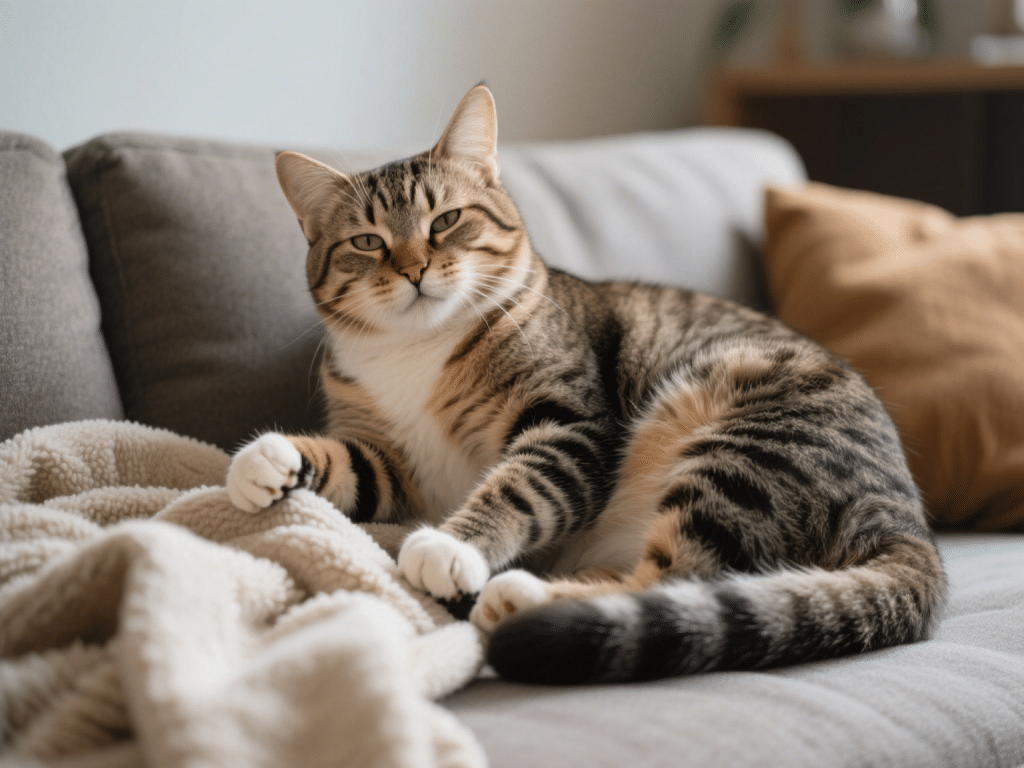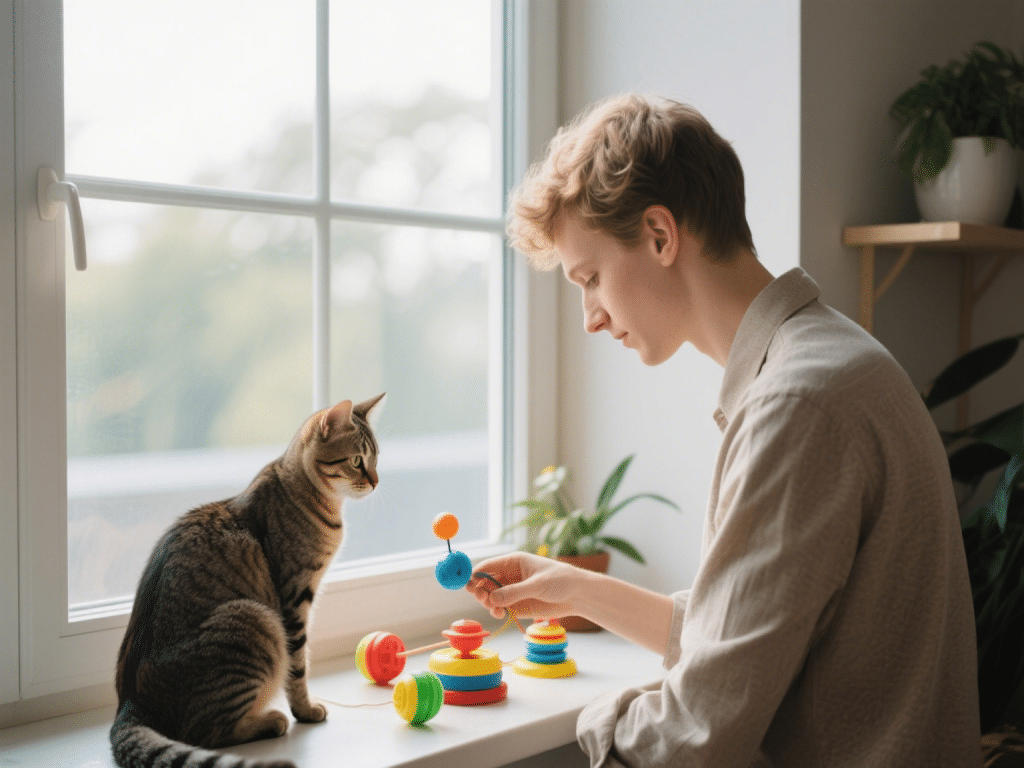Bathing Your Cat: Tips for Calming a Water-Fearing Feline

For many cat owners, the word “bath” sparks visions of frantic escapes, high-pitched yowls, and scratched arms. Yet skin allergies, flea treatments, or messy adventures sometimes demand a proper bath. As a feline grooming specialist and lifelong cat guardian, I’ve mastered calming strategies that turn the bath from traumatic ordeal into a manageable, even bonding experience. Here’s my professional, step-by-step approach to bathing a water-fearing feline—keeping both of you safe and relatively dry.
1. Pre-Bath Desensitization
Begin well before bath day:
Touch Acclimation: Regularly stroke your cat’s wet legs, belly, and tail with a damp cloth to simulate bath sensations.
Positive Pairing: Associate dampness with treats and praise—short sessions, gradually increasing duration.
Tool Familiarization: Leave the bathing bucket, towels, and cat shampoo in plain sight for several days so your cat steers clear of fear-by-association.
2. Create a Safe Bathing Space
Shallow Basin: Use a non-slip plastic tub or sink with 1–2 inches of lukewarm water.
Quiet Environment: Close bathroom door, turn off any fans or noisy appliances.
Accessible Exit: Place a low stool or rubber mat so your cat can climb out if too stressed.
Soft Lining: A towel on the bottom provides traction and security.
3. Gentle Handling and Restraint
Towel Wrap (“Burrito”): Wrap your cat in a towel, exposing only the area to wash. This prevents frantic thrashing and reduces claws-out contact.
Two-Person Method: One person cradles and soothes, while the other handles shampooing and rinsing. Communicate calm steps.
4. Bathing Technique
Wet Gradually: Use a handheld sprayer or cup to wet the coat from neck down, avoiding head and ears.
Apply Shampoo: Massage a cat-formulated, hypoallergenic shampoo—focus on soiled areas. Use gentle, circular strokes to avoid stressing the skin.
Face & Ears: Skip shampoo; instead, wipe with a damp washcloth.
Rinse Thoroughly: Residues irritate skin and cause itching. Rinse each section carefully, feeling for slippery “soap trails.”
5. Drying Safely
Towel Blotting: Wrap your cat in a dry towel and gently press to absorb water—no vigorous rubbing. Change towels as needed.
Quiet Blow Drying: If tolerated, use a pet dryer on the lowest heat and noise settings. Always keep the nozzle moving and at least six inches from the coat.
Warm Room: Ensure the bathroom or drying area is warm to prevent chills.
6. Post-Bath Comfort
Warm Lap & Pets: Offer lap time with a familiar blanket.
Treats & Praise: Reinforce bravery with favorite treats, kibble, or playtime with a favorite toy.
Monitor for Stress: Watch for hiding or excessive grooming afterward; offer quiet reassurance.
Bathing a cat who hates water demands patience, preparation, and gentle handling. By desensitizing in advance, creating a calm environment, and using secure towel wraps, you’ll minimize stress and scratches—making bath day a tolerable, functional ritual rather than a traumatic ordeal.






Comments on "Bathing Your Cat: Tips for Calming a Water-Fearing Feline" :